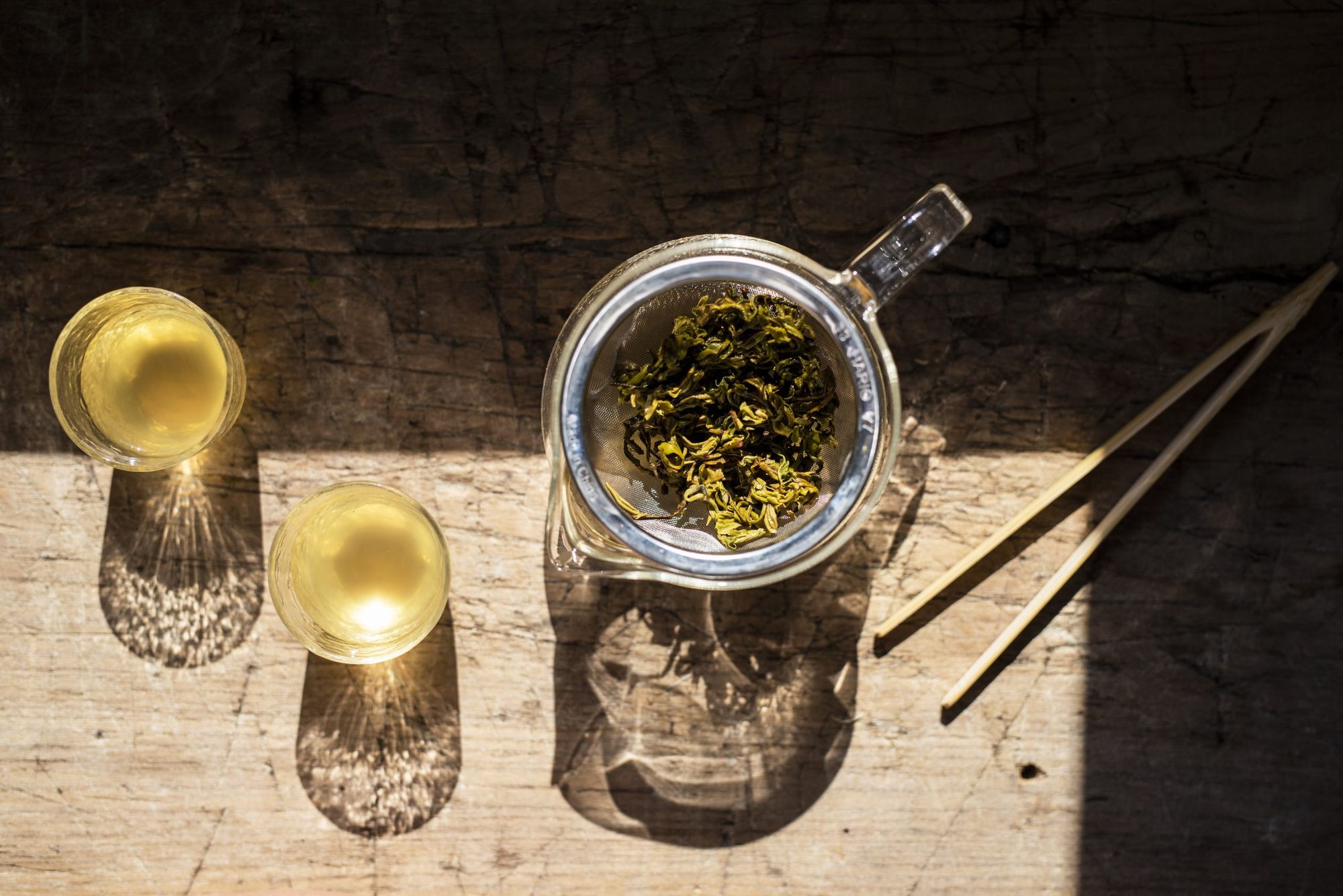In the constant noise and rush, there are very few moments when everything is calm, silence surrounds us and we can hear our own inner voice. We got unused to just contemplating and enjoying the serenity of the moment, even though, if we let it happen, it will give immeasurable peace. We can stop time with the Zhao Zhou teas, and we can also get to know the ancient tea leaves of China in a special workshop.
In recent years, I have also gotten closer to natural remedies, Chinese medicine and phytotherapy. I felt that going back to the roots to apply ancient truths that had been proven for centuries, millennia, could provide a cure, a solution for many things. Herbs like lemongrass, marshmallow leaves or acacia flowers line my shelf, but somehow I’ve always been at war with “classic” teas. I didn’t understand or know this world, I felt I needed a leader to show me the way. I found it.

I met Gábor Tálos, the founder of the Zhao Zhou, by chance at the lunch organized in ZHU & Co. (which I wrote about here). Although I knew and always watched the teahouse from a distance, somehow I never dared to go in. During our conversation, he revealed that he regularly holds tea tasting workshops and even invited me to one, and I welcomed the opportunity. Gábor is not just an art lover—in addition to his long history with gastronomy (they are the founders and owners of the Bortársaság with his brother, Attila), he graduated in international economics in Beijing, is fluent in Chinese and has lived in Tibet and India for half a year, as he toured through China. During his Asian adventures, he fell in love with the ancient world of teas and decided to introduce them to the Hungarian public.

Yes, we were in need of new knowledge, because we do not even have the British tea offer, but the German, Austrian, which often means over-flavored, characterless teas. There’s nothing wrong with that, but a tea can be various, just like chocolate and coffee. The Zhao Zhou opened in 2015, the eponymous is a Chinese chan (zen) master, Zhaozhou Congshen, who lived in the 8th century, as the practice of drinking tea and tea-making is as much a masterful task as becoming a monk or a martial artist. And its consumption also requires the ability of conscious presence, that is, mindfulness, since the purpose of drinking tea is to recall the outflowing energy, the Qi (that is, the ch’i), and restore it to the ideal flow through the meridians, thereby creating an external-internal balance of body and soul.
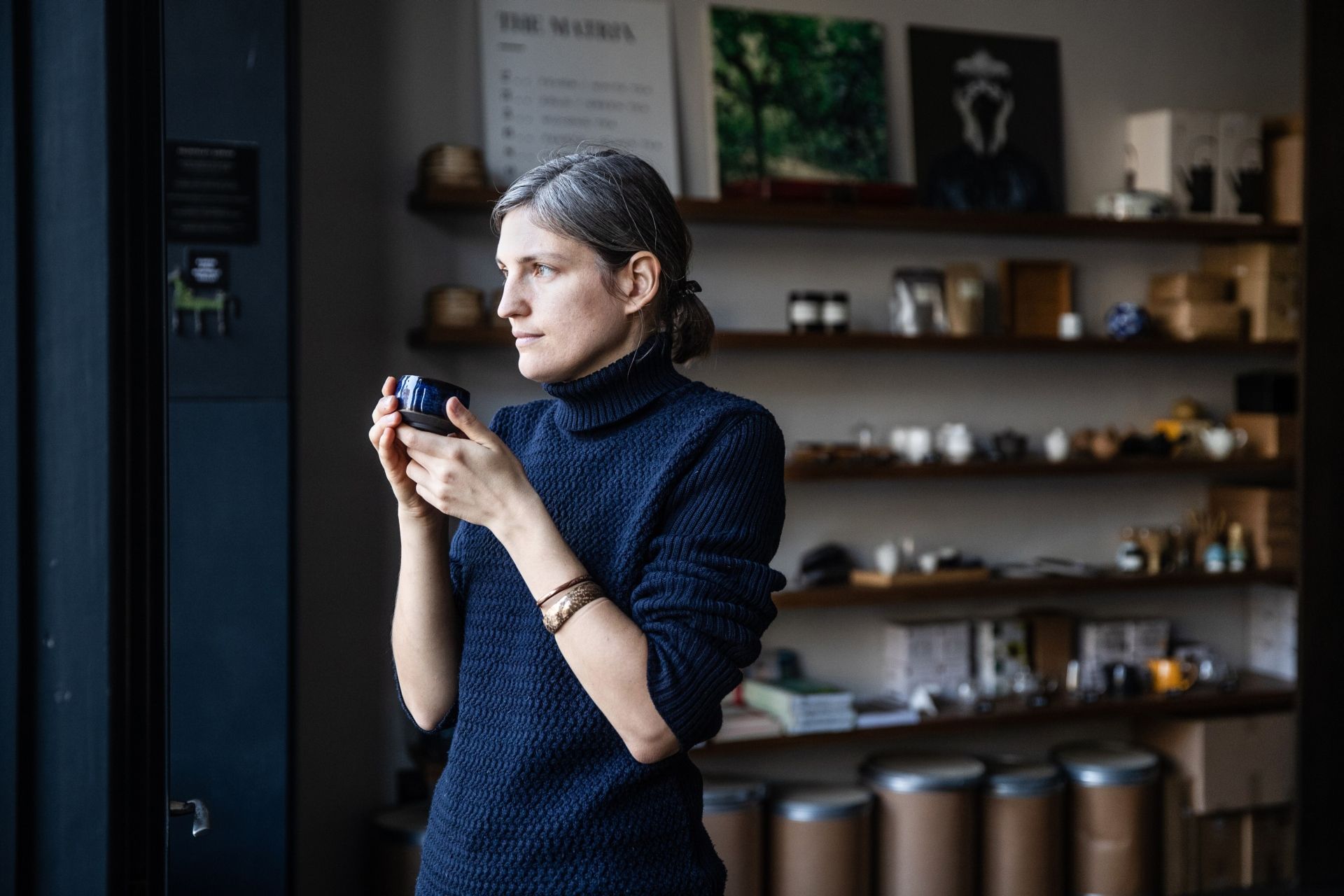
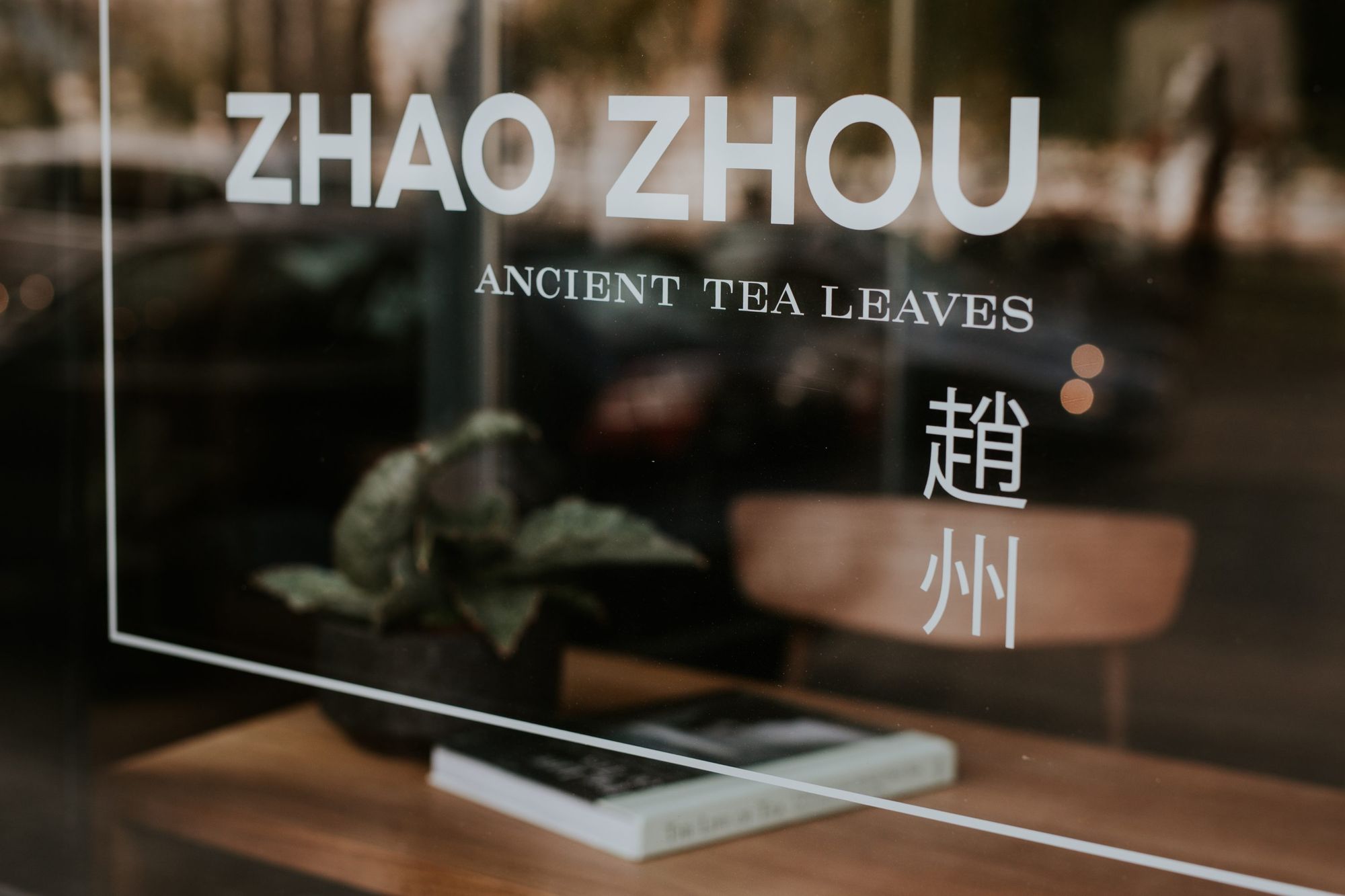
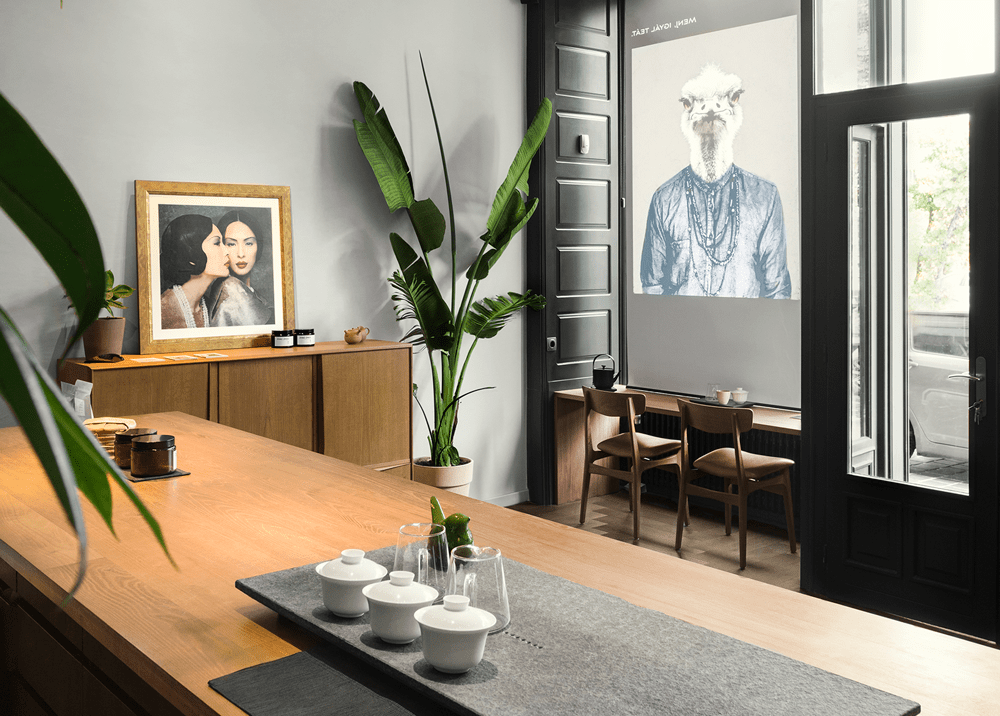
The history of tea is thousands of years old. It was consumed even before our era, it was a permanent drink of ceremonies in Asia. It probably arrived in Europe by Arab caravans and then by Portuguese ships—as Chinese trade routes developed, it became more common across the continent. In the 17th century, the British East India Company dominated the market and were almost in a monopoly position, although at that time tea was still an expensive commodity. It later became a real success for the English, and even in the New World. (The Boston Tea Party is memorable, when settlers dumped the cargo from the ships of London merchants into the water in anticipation of the American Revolutionary War, protesting against unfair tax treatment.) Tea has been with us ever since—the plant is native to southern China. There are two main varieties, Camellia sinensis (small-leaved variety) and Camellia assamica (large-leaved variety): the type of tea you end up with depends on the processing method, so it can be white, green, wulong (oolong), puer, black and dark tea. The longer the fermentation process, the darker the leaves. In its natural form, Camellia assamica can grow to the size of a peach tree in 100-150 years, and these trees are still highly appreciated today. C. sinensis tea shrubs are grown in plantations. The final result is greatly influenced by factors such as soil terroir, if the plantations are cultivated organically, with only hand harvesting.
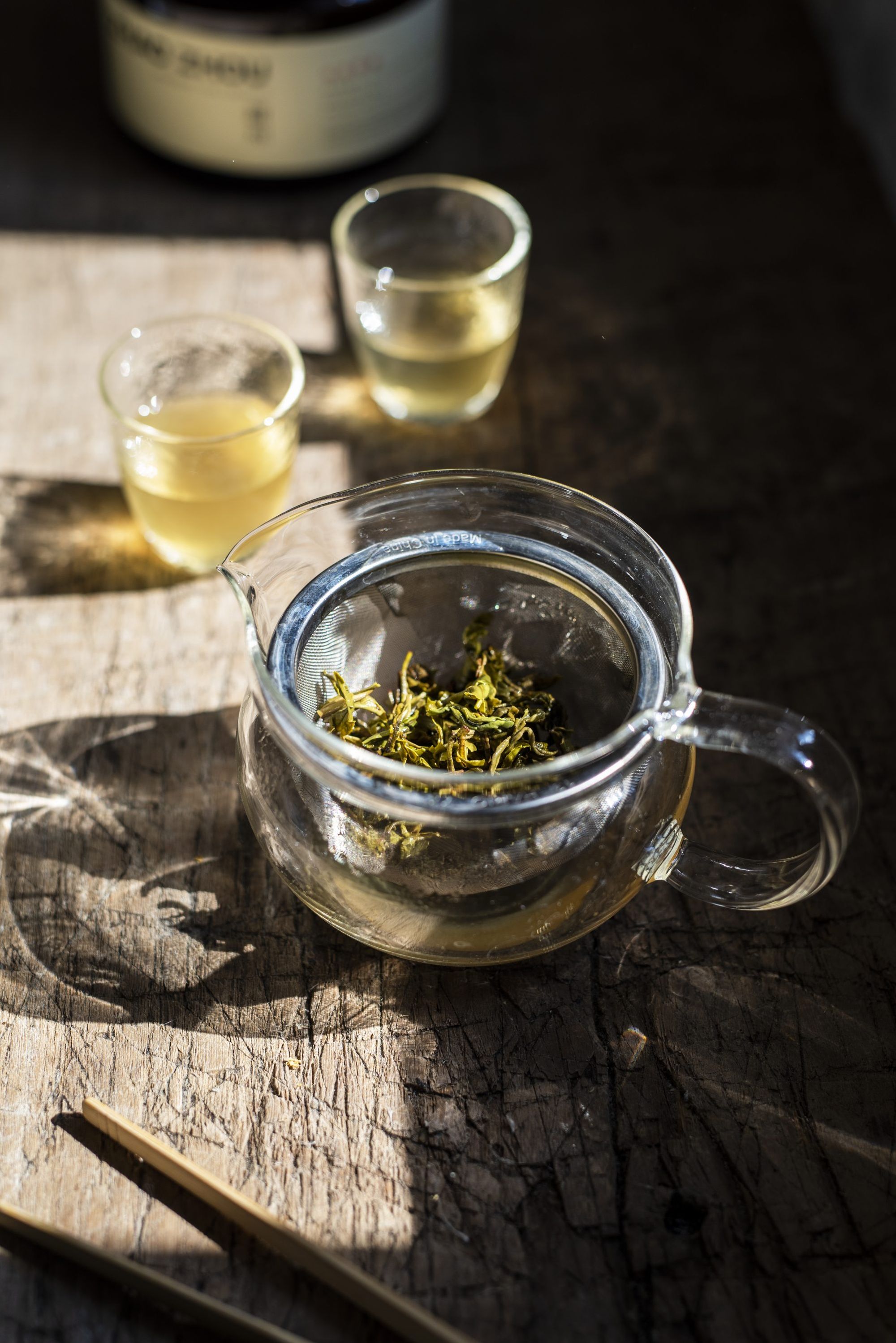
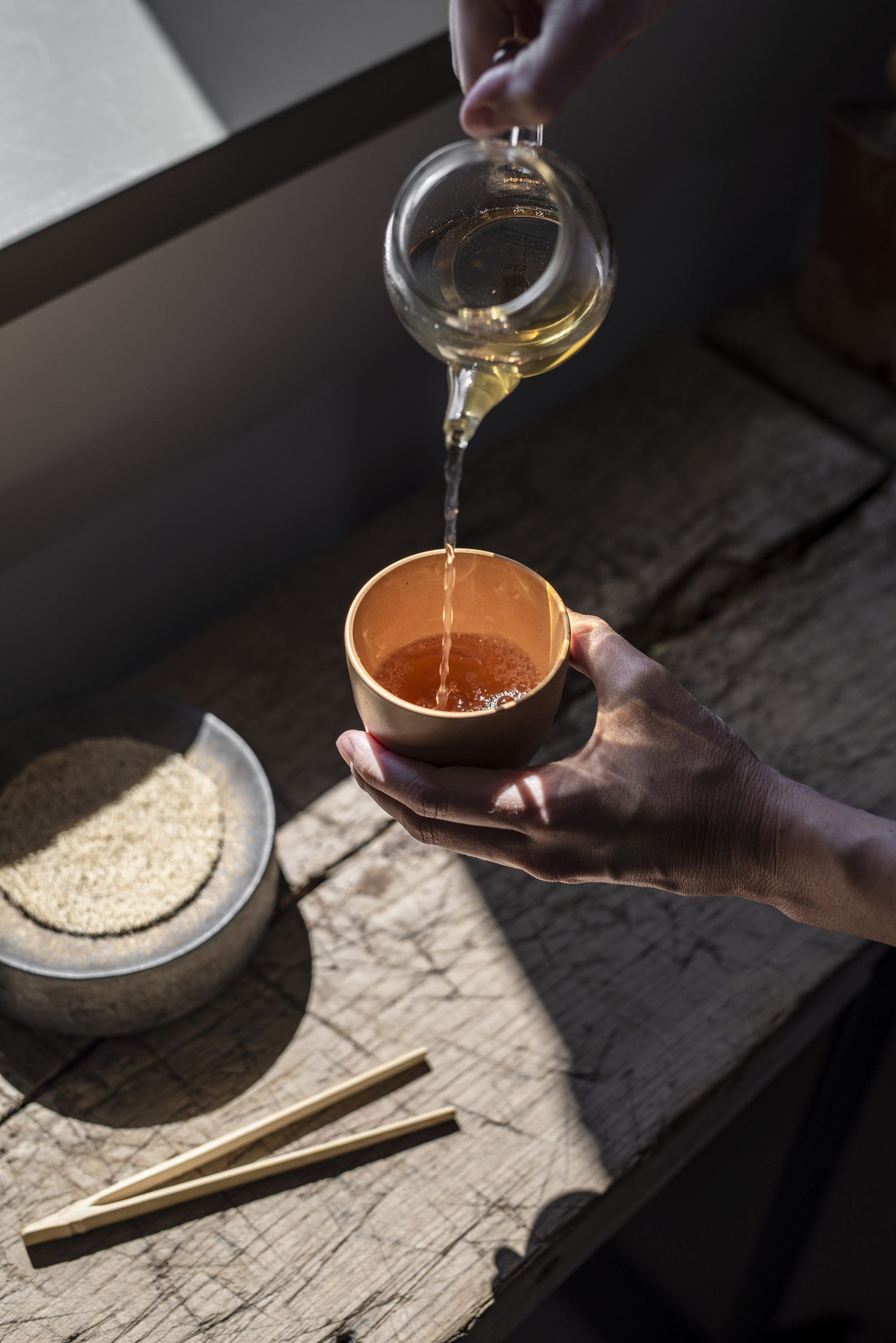
When the tea leaves are harvested, the apical bud from the young sprout is placed in the basket along with the two or three leaves below (for some types, the leaf is removed later). It is young, fresh, floral—this is the white tea. In green teas, oxidation doesn’t start because they stop it relatively quickly with heat (it can be drying in the sun, steaming or baking in a wok). In wulong teas, the leaves are also crushed and spun to lure the aromas, and the leaves end up resembling little “dragons” (this is also the meaning of the word). The taste can be fruity, but even quite smoky, it all depends on the meticulous technique. Puer teas are perhaps even more sophisticated than these, thanks to the fact that this version is post-matured: it is dried, baked, then spun, and finally rested and dried. At this point, however, if the raw tea is not sold, it is pressed into a cake and packaged for years, decades. This is Sheng puer—the other version, Shu is an accelerated process where tea is fermented in a humid environment. The former is floral, the latter more earthy and oily. Black tea is called red by the Chinese and does not cover what we know as black tea in Hungary—although the leaves are oxidized, the taste is not burnt, it is more spicy, cocoa. Dark teas are matured sealed off from the air, giving deep notes that also cause a soft feeling. The method of processing also has an effect on the active ingredient content, the three components (chlorophyll, caffeine, L-theanine—the latter being an amino acid that can act directly on the brain, stimulating the formation of alpha waves, and together they also help you to concentrate and relax. With good tea, it’s easy to experience a state of wakeful calm, which is a great aid to meditation and everyday activities.
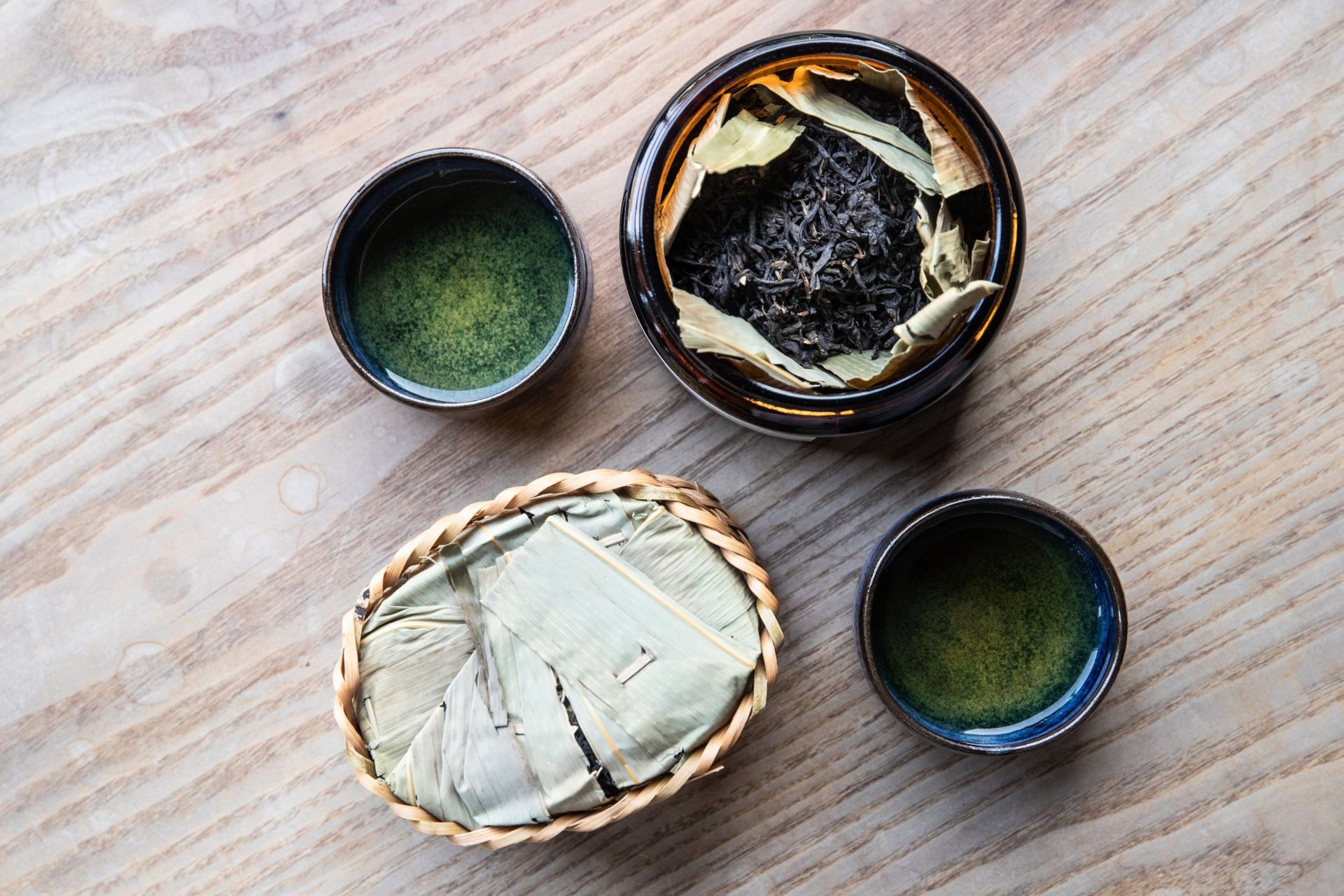
Tea drinking is always directed by a designated tea master. They have the tools—the gaiwan, the cup with the lid, or the teapot for soaking the tea leaves and the gong dao bei, a vessel for pouring the tea. This is “fair cup” in English, which means that with its help, everyone will end up getting the same quality of tea in their cup. Under the tools is a tea tray for excess water. The method is as follows: pour warm water into the gaiwan/teapot and then pour it out. The tea leaves, 5-10 g depending on the variety, are placed in a warm container, covered and passed around, shaking each time to allow guests to smell. Then we heat water again, which is used to rinse the cups, and after a new boiling, it is poured on the tea leaves as well. After 15-25 seconds, move it with the lid of the pot, then carefully pour it into the vessel and from there into the cups. It is important to ask the tea shop for the recommended temperature. The ideal temperature is usually 80-85°C as this will not burn the leaves. Springwater or with a maximum mineral content of 150-200 mg/l is recommended so that it does not take away the flavors. The tea leaves can then be poured five, six times, or up to ten times, repeating the whole process—it’s exciting to watch how the harmony and effect of the characters change.
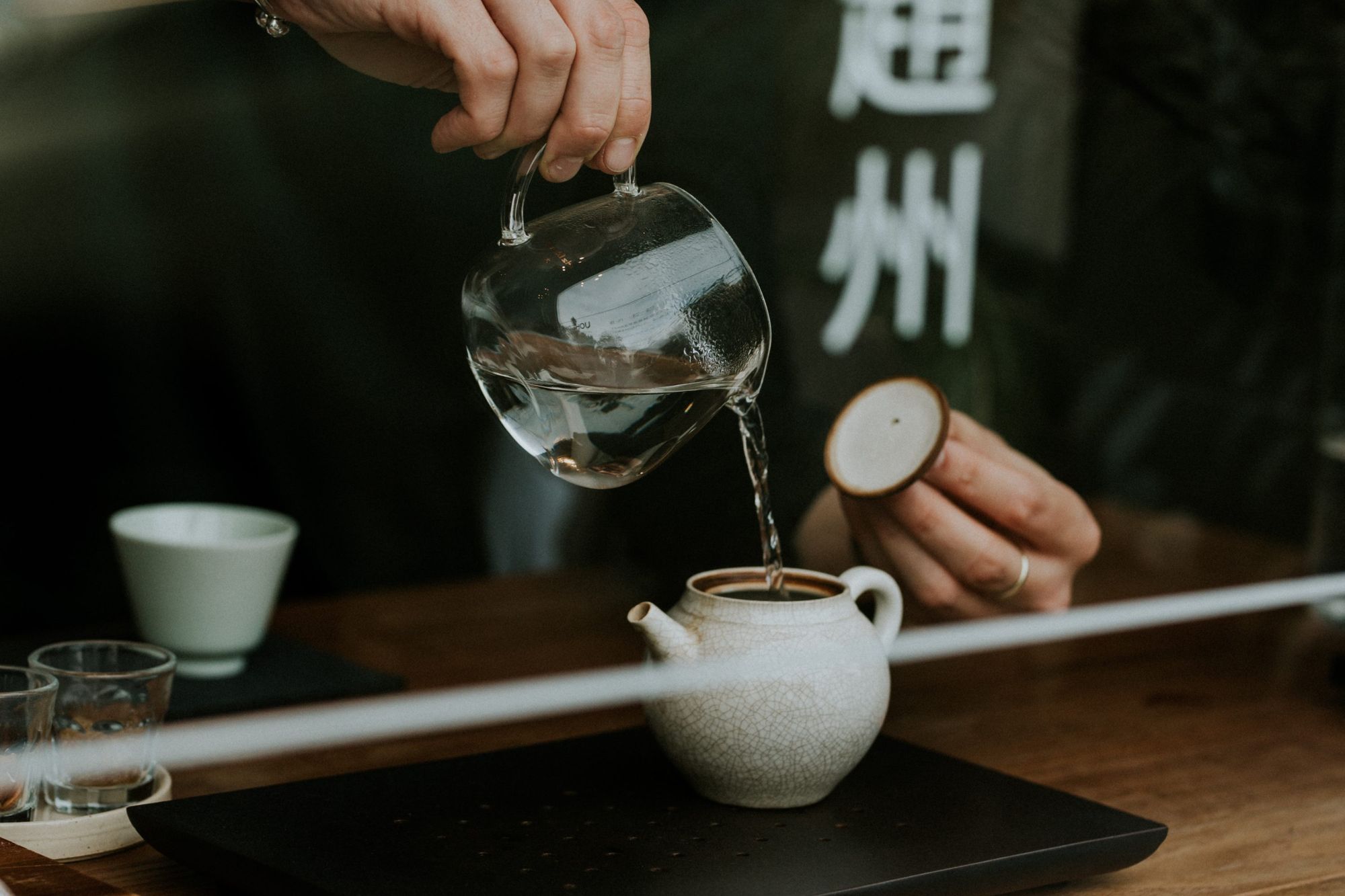
It may seem like a lot of information, but visiting the tea workshop of Zhao Zhou will leave you with a feeling of timelessness. In addition to gaining new knowledge, the 3-4 hours become a ceremony where the soul also calms down. After tasting teas, we’re not just talking about appearing flavors, or what smells we associate with—it’s just as important to look at our body feel, that is, to see how we are after a cup of drink. Liberated? Pulsing? Quiet, relaxed? It is instructive giving room in ourselves for the incomprehensible effects of teas. It is an experience that is (self) care itself and that is worth giving to yourself (or a person important to you) in this life.
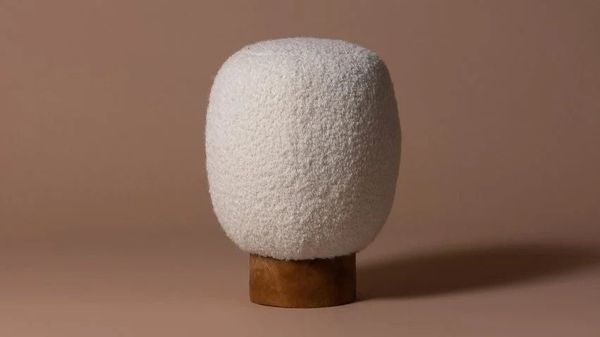
Stools covered in traditional Transylvanian mushroom leather

Young designers are welcome to apply until the end of February! | Zlin Design Week










